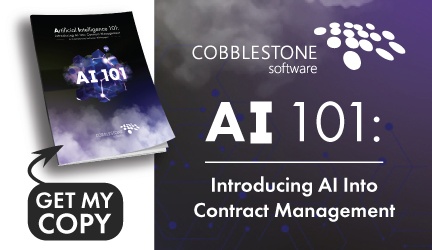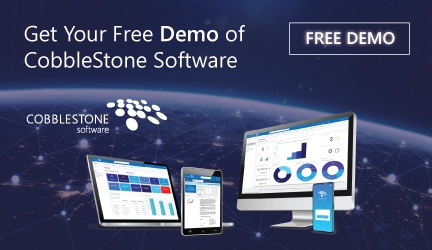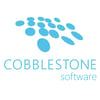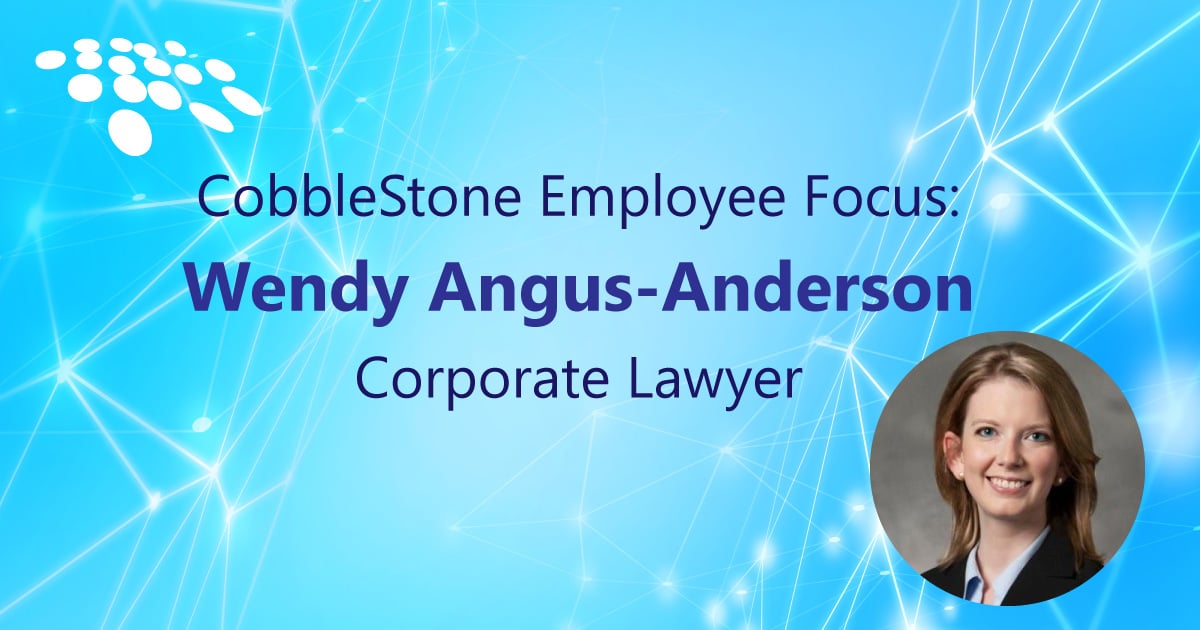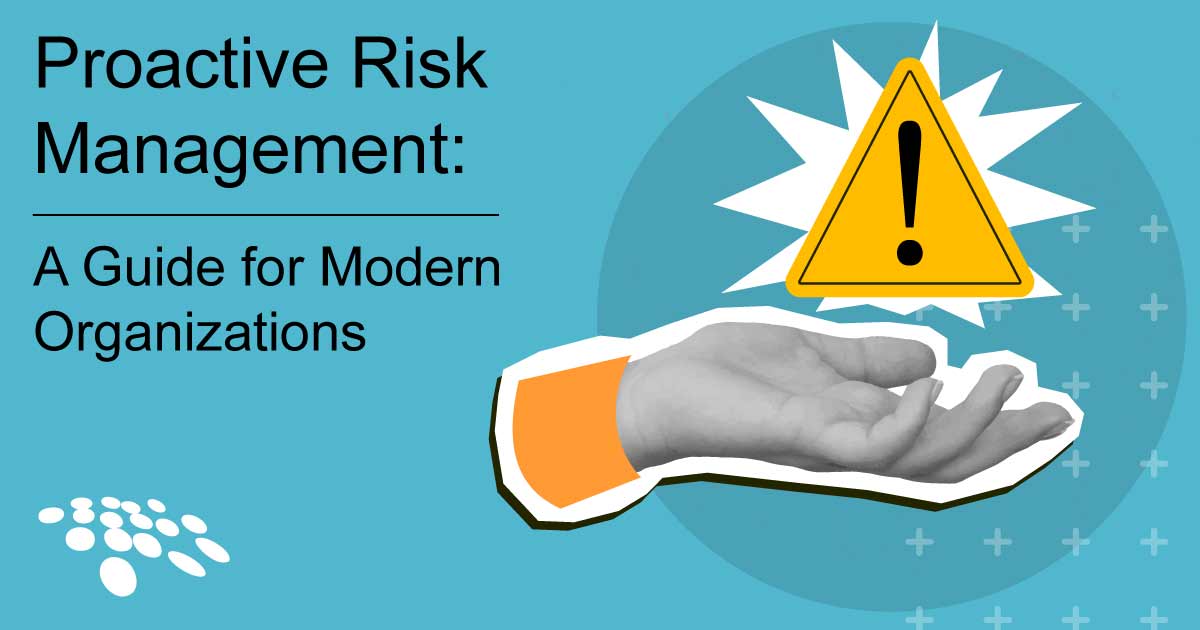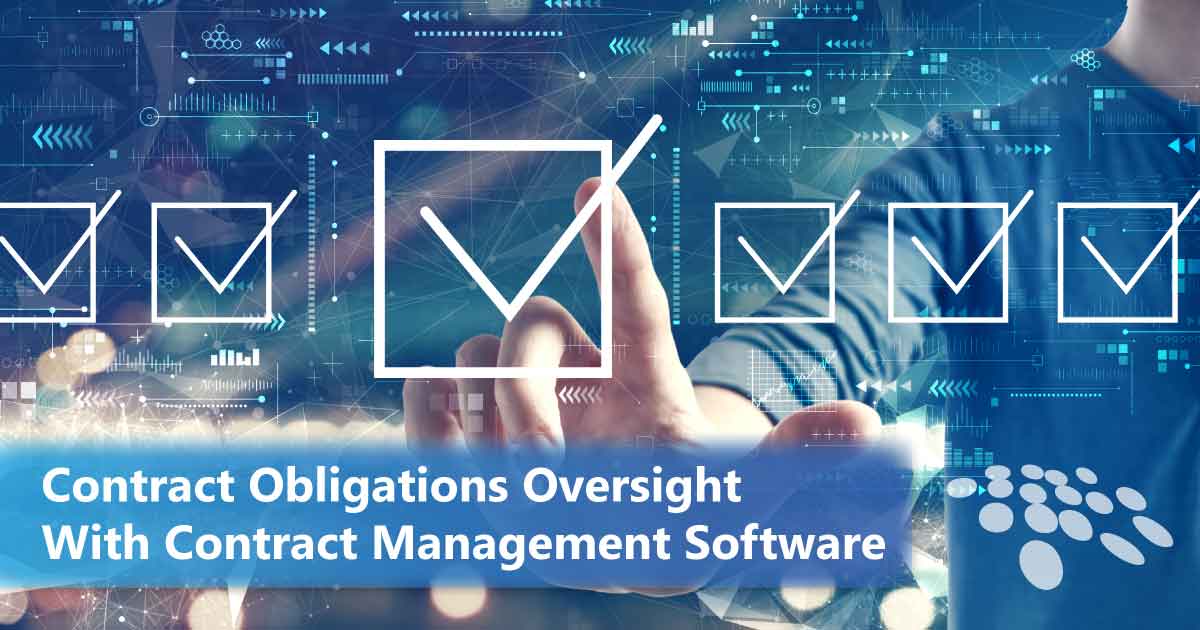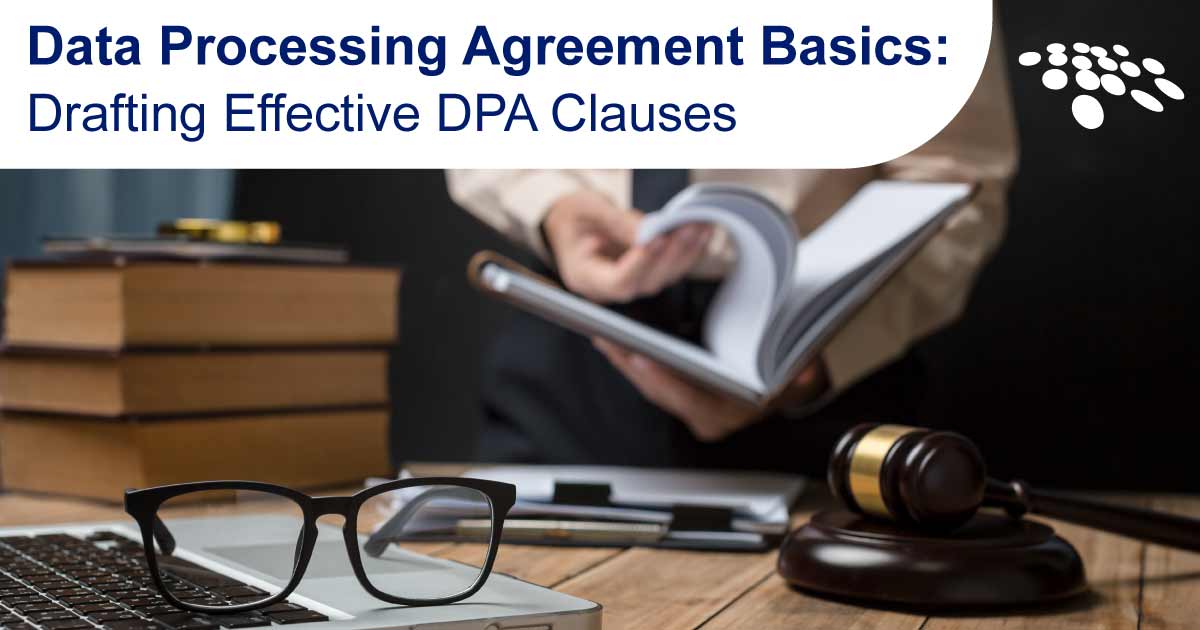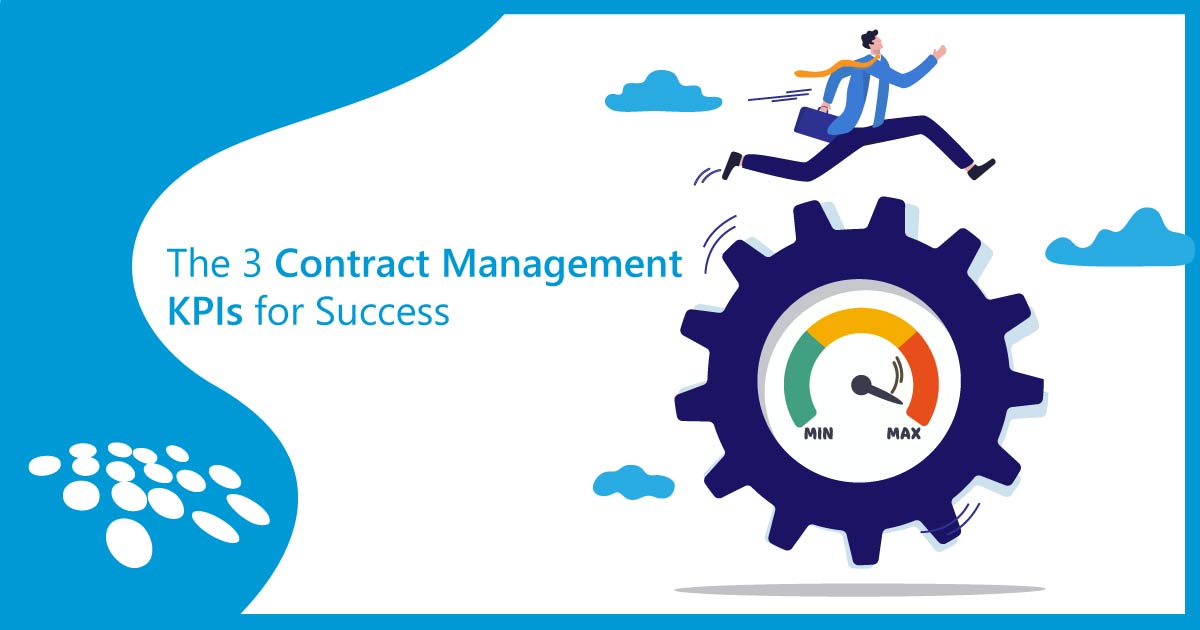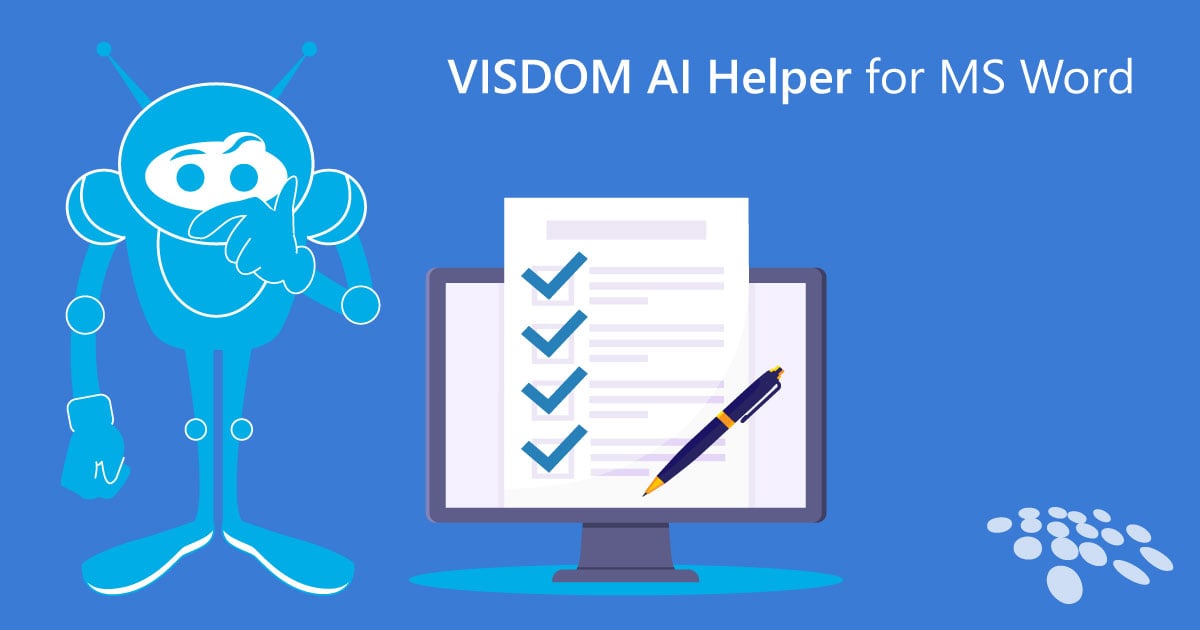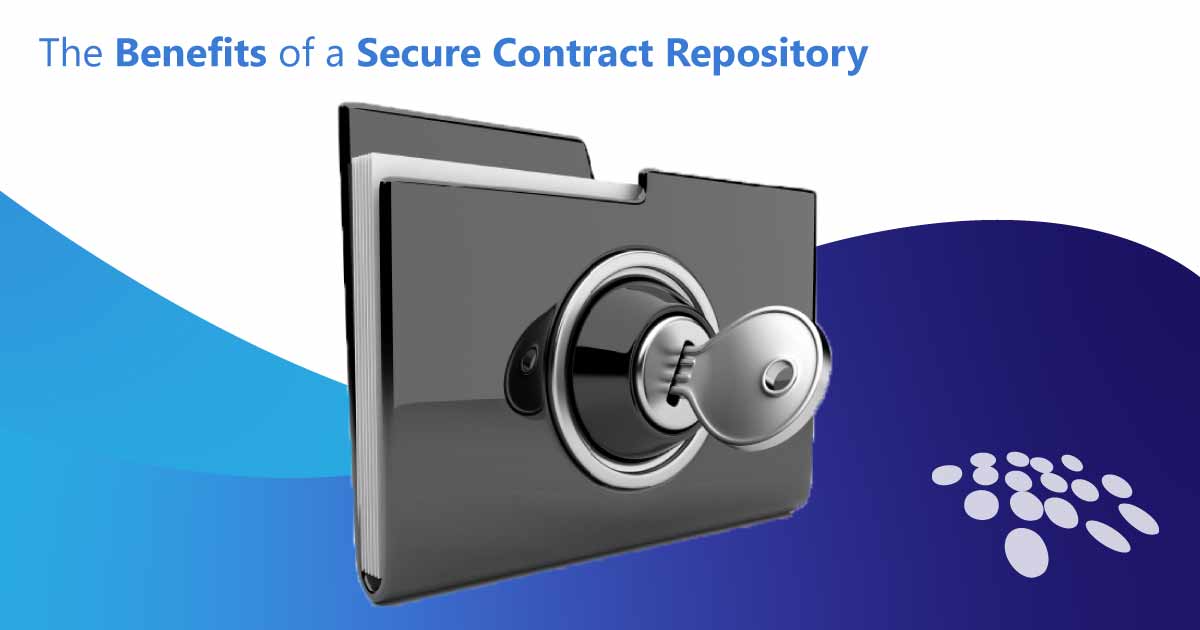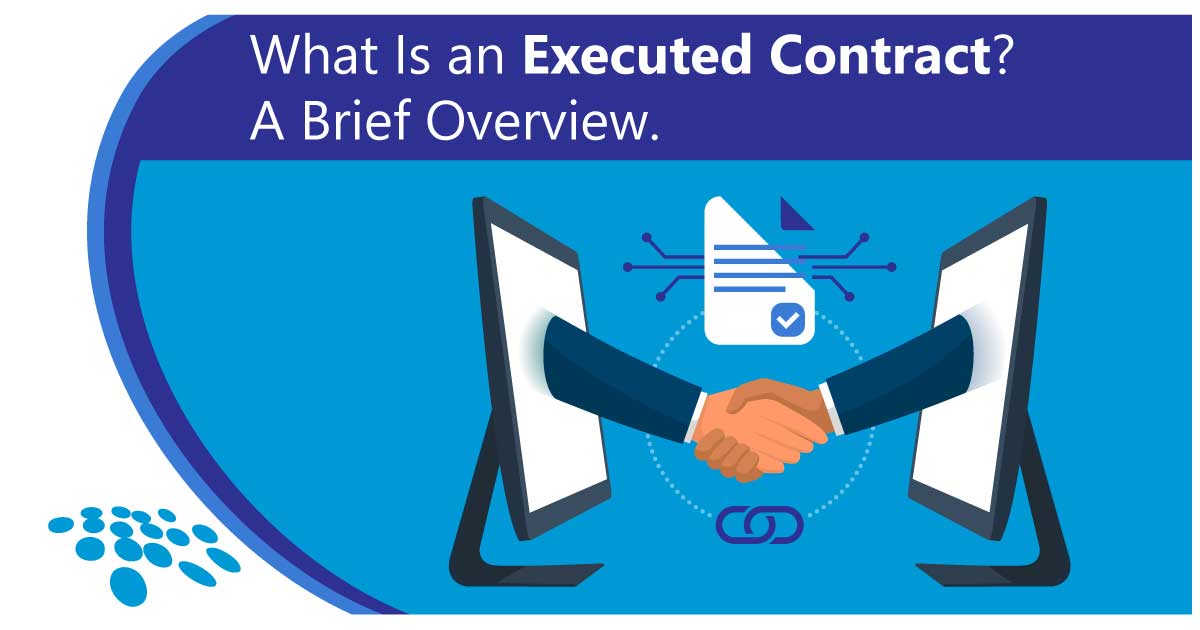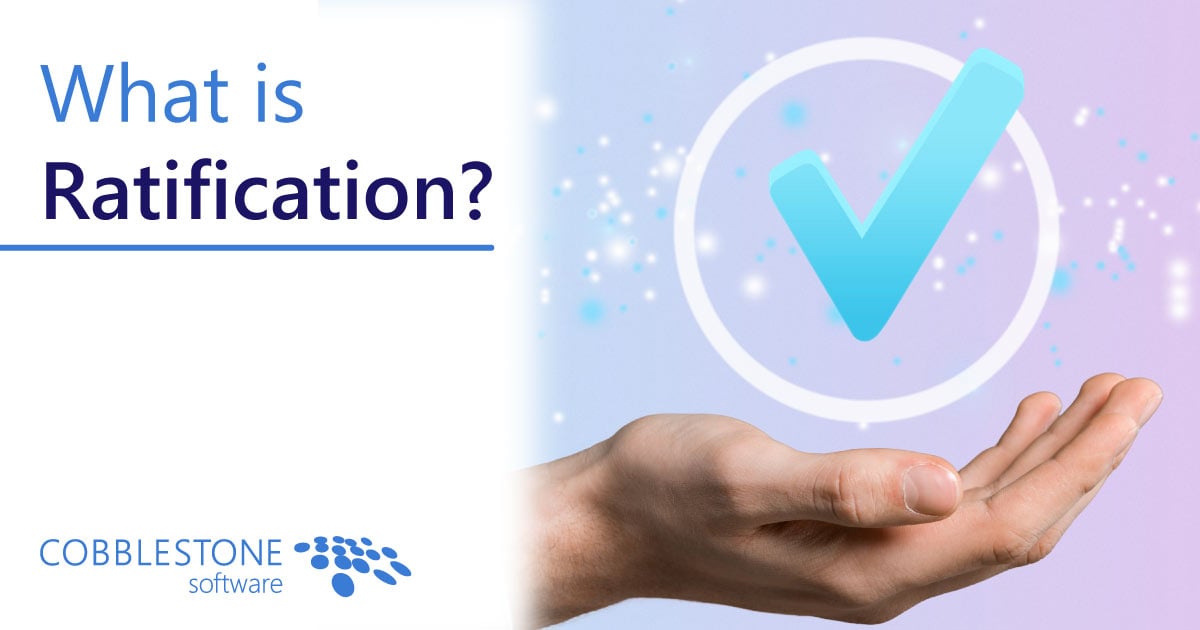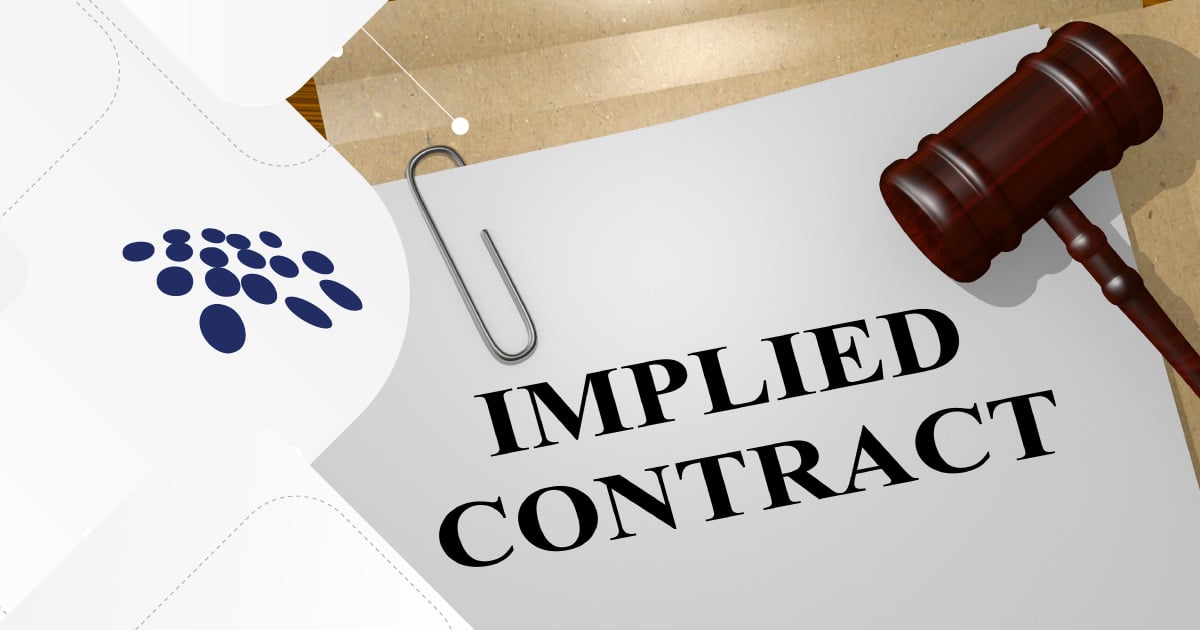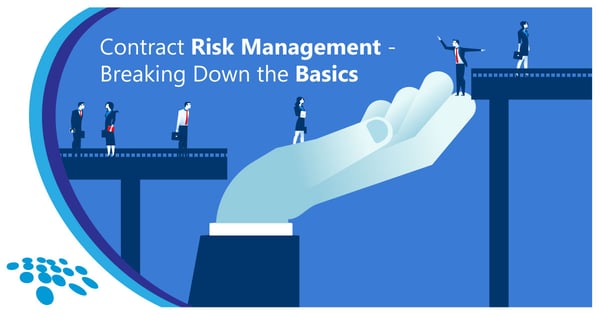
A proper legal risk management process is critical for the preservation of a healthy contracting process. Failure to adequately manage contract risk can be disastrous. Harmful contract risk oversights affect not only legal teams – but organizations as a whole.
Your organization should work to avoid a breach of compliance, violation of contract terms, lost revenue, wasted time, lawsuits, and a damaged company reputation by addressing different types of contract risks. As such, let’s break down agreement risk management and how it can be maximized with contract management software.
What Is Contract Risk?
Contract risk is the potential for losses or harmful outcomes arising from the terms and conditions of a contract or from the failure of parties involved to address the obligations of the contract. These risks can occur for a variety of reasons - including ambiguous contract language, party non-performance, financial instability, or changes in compliance laws and regulations. Contract risk is significant because it can lead to financial losses, business relationship damage, legal disputes, and wasted time. Managing contract risk correctly involves due diligence, a clear and precise contract creation process, regular observance of contract performance, and mitigation strategies. The goal is to minimize potentially negative impacts on businesses and ensure that all parties retain a clear understanding of their responsibilities and the consequences of failure of contractual obligations.
What Is Contract Risk Management?
Contract risk management involves using risk assessment tools to evaluate potential risks a contract can incur. Such risks include financial risks, regulatory compliance risks, breach of contract, security risks, and others. Risk can prevent effective contract management. Thus, a contract risk management strategy is paramount.
Breaking Down the Contract Risk Management Basics
Now you know how to define contract risk management. Let’s break down the basics of what is contract management risk and how to use contract management software risk mitigation tools.
#1 - Establishing Risk Appetite in Contract Management Software
You can begin your contract risk management process by establishing a contract risk appetite within your contract lifecycle management software system. Risk appetite is the acceptable risk your organization is willing to incur in pursuit of smart goals for contract managers and broader contract management KPIs.
With a contract management risk and opportunity assessment tool, your organization can proactively map risk and risk exposure variables. You can establish risk acceptance policies and guidance by contractual risk category to be dynamically visualized and analyzed. As such, your team can quickly identify items that fall outside of your acceptable range of risk and quickly address them.

#2 - Diving Deeper Into Risk With a Risk Assessment Matrix
In addition to managing acceptable risk and your organization’s risk appetite, your organization can further supercharge risk goals.
Your organization can easily classify significant risk categories (such as contract compliance mistakes or OFAC compliance risk), depending on your hierarchy of contracting needs. You can rank and identify contract risk events and their probability to establish an understanding of events that would negatively impact your organization. For high-risk contracts, vendors, and purchases, your organization can review and log risk events and quantify risk.
With the ability to monitor risk in such a powerful and visual way, your organization can reduce risk and even avoid some risks altogether. You can recognize trends and implement routine risk reviews. You can implement strategies and best practices to reduce risk exposure and probability.
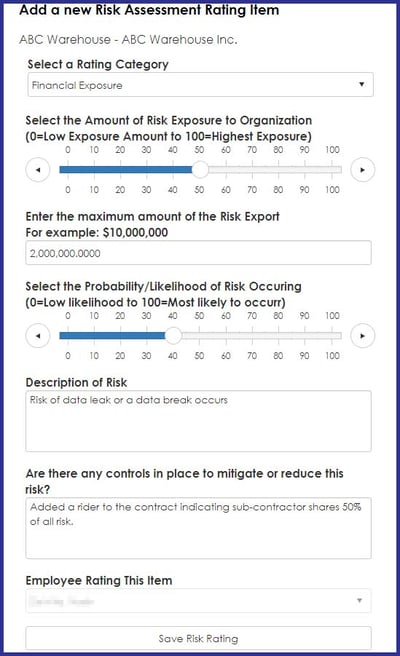
#3 – Automating Contract Data Mining & Identification
Leading contract management software can empower your contract managers’ contract risk administration.
Contract AI within CLM software can allow you to identify key contract data fields and establish rules around them. These sensitive data points can include PCI (payment card information), PII (personally identifiable information), counterparties, email addresses, financials, and more.
With drag-and-drop contract authoring, your system can use NLP (natural language processing) to automate the population of data fields onto a tidy contract record page. This feature can significantly streamline the mapping of contract language onto your organization’s pre-approved contract metadata fields.
You can also configure contract clause detection rules. These rules help you compare newly introduced clauses against those within your approved library and contract database.
When a contract is introduced, you can pinpoint possible risks. By analyzing standard contract language (such as intellectual property clauses, confidentiality clauses, and others depending on the type of contract), your system can identify positive and negative aspects of language. This identification is based on configured rules and exposure to up to one million contract clauses. A contract risk management system that has been exposed to numerous clauses and hypothetical risk events can give your organization unparalleled risk oversight.
#4 – Observing Hands-On Risk Reduction Actions
Let us examine some important actions that can typically reduce contract risk.
- Generating a Contract Amendment.
- Renegotiating a Contract to Reduce Risk.
- Transferring Risk to a Third Party.
- Offsetting Liability by Purchasing Insurance.
- Considering Carve-Out Transactions to Subset Liabilities to a Larger Enterprise.
- Running Risk Audits and Establishing Robust Security Controls.
- Seeking Third-Party Legal Advice.
- Contract Termination (If Done Correctly).
#5 – Establishing A Contract Risk AI Machine Learning Schedule
Capitalizing on the robust contract intelligence use cases mentioned before, your organization can leverage contract AI to learn from new data and contracts. Contract AI can also learn from changes to existing contracts. This machine learning can take place on a scheduled basis – depending on your organization’s needs.
For example, your system can be used to schedule recurring contract risk analysis with machine learning:
- Yearly
- Monthly
- Weekly
- Daily
- Hourly
You can also configure when a recurring risk analysis with machine learning may take place. For instance, maybe you would like this recurrence to take place on the first day of every month.
You can edit, delete, or view an analysis job as needed – as contract complexity and contract volume grow.
In addition to analysis, rules can be configured to enable a contract AI engine to make intelligent recommendations based on analysis data. Your organization can be equipped with a rules-based strategy to recognize risk and evaluate it.
For an even more advanced intelligence strategy, you can configure your criteria to update over time. For example, your contract managers may want to determine If financial exposure is too high for the price of a contract.
On-screen alerts can give your organization front-end awareness of potential risks. This process can be continuously improved with more contracts and relevant data introduced.
Get Started With These Risk Tools & Strategies & More
Now that you are up to speed on contract risk management processes, it’s time to get started. All that’s left is to select a contract risk management solution that can help you with all the strategies mentioned above. That solution is CobbleStone Contract Insight®.
CobbleStone Software is a CLM software provider that has been widely acclaimed by both CobbleStone® users and leading third-party analysts. CobbleStone has been a leader in CLM for over twenty years, having developed one of the first contract software solutions. CobbleStone’s user-friendly platform scales with your needs to give you contract management process governance from contract requests to contract review and contract renewal.
Book a free demo with a CobbleStone expert to see the features above for contract risk management processes and more in action. Ready to try CobbleStone out for yourself? Enjoy a free trial of CobbleStone today!*
This blog post was updated on March 25th, 2024. Its original publication date was August 17th, 2022.
*Legal Disclaimer: This article is not legal advice. The content of this article is for educational purposes only. The information on this website may not present the most up-to-date legal information. Readers should contact their attorney for legal advice regarding any particular legal matter - including the contract risk management process and legal and operational risk.






